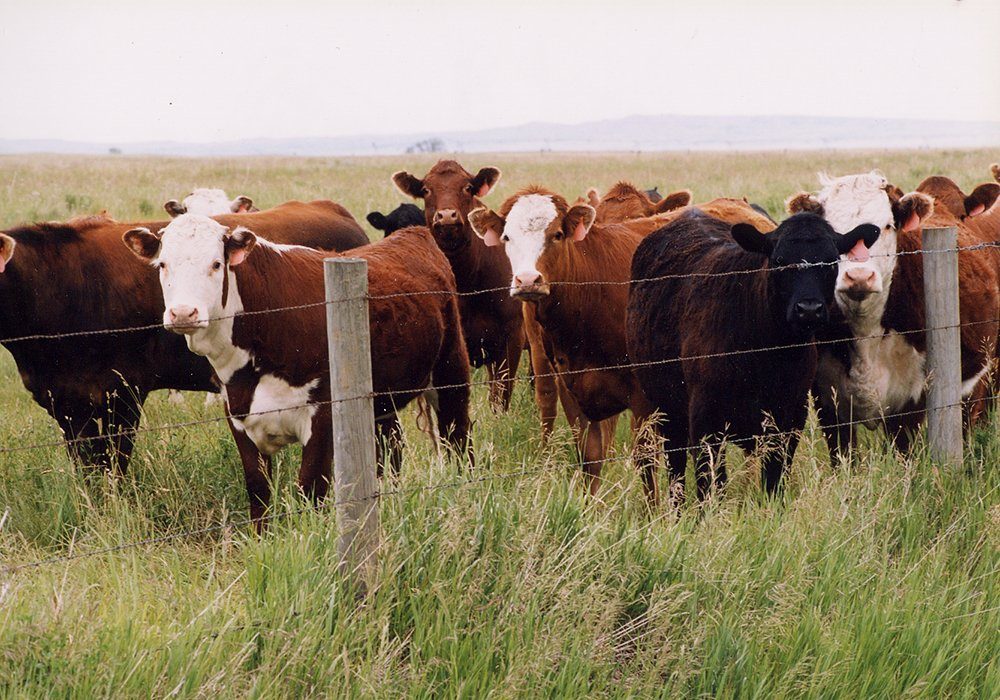Canada’s BSE nightmare officially ends

The BSE era in Canada is over.
Eighteen years after a single domestic case closed international borders to Canadian beef and cattle, the World Organization for Animal Health, known as OIE, moved Canada from controlled risk to negligible risk status.
That puts Canada on par with its trading partners and opens the door to improved market access.
“It’s a huge sense of relief,” said Canadian Cattlemen’s Association president Bob Lowe, who was on his Manitoba ranch that day in May 2003 when he heard the news of Canada’s first BSE incident.
But he said there is still work to do.
“We’ve prepared a list of all the countries we trade with and what we would like to see changed in the protocols… resulting from our move to negligible risk,” he said after the May 27 announcement. “That’s going to be country by country.”
At the top of the list is movement of feeder cattle south. They have required a CAN brand or tattoo identifying them as Canadian and Lowe said there is really no reason for that requirement any more.
It’s an extra job and cost for producers but it also means the cattle can be discriminated against in American packing plants, he said.
Trade with South Korea is another issue. Canada had agreed that if another case is found then the border would be closed, but the U.S. doesn’t have the same agreement. American plants that take Canadian cattle to slaughter have to process them separately.
“In Eastern Canada that’s a huge thing because that basically took away one of their plants,” Lowe said.
Domestically, returning Canadian slaughter plants to the short list for specified risk materials removal will be significant. SRMs have been banned as ingredients in cattle feed since 1997 and from all animal feed, pet food and fertilizer since 2007.
Canadian plants remove about 60 kilograms of SRM for disposal while American plants only have to remove about half a kg, Lowe said.
“That’s one of the first things that needs to happen,” he said.
Lowe said he hopes this return to negligible risk status sends a signal to Canadian farmers that the cattle industry is viable. The herd size has been stagnant or shrinking for the last two decades and he said perhaps this will entice some to the sector and boost numbers.
“We can sell the beef,” Lowe said. “We just need to produce it.”
CCA estimates about 26,000 producers left the industry since BSE was found and with that more than two million acres of grasslands were converted to other uses. Direct costs were more than $5 billion.
Brad Wildeman was chair of CCA’s foreign trade committee and the Canadian Cattle Identification Agency in May 2003. He became a leader through the immediate crisis and in the years afterward, including as president of CCA from 2008 to 2010.
He said last week he was happy to see resolution, but it took much longer than expected.
“We were pretty naïve at the start,” he said. “Prior to this happening we were pretty naïve about how international trade worked, how quickly the borders could close and how fragile these markets are for us.”
He said governments and CCA learned they had to be more proactive and work hard to keep markets rather than assume they would always be there.
Wildeman said he feels fortunate that he was so involved because he felt like he was at least doing something when most felt so helpless. They couldn’t sell calves, markets and borders were closed and there was so much uncertainty.
“It was a long run, certainly life changing for me,” he said. “If we all knew what was ahead of us when it happened we might not have been so anxious to volunteer.”
Working nationally and internationally opened his eyes to how interconnected the beef industry is and its reliance on other sectors, he said.
That realization came to many people and Wildeman said one of the good things to emerge was a stronger relationship with the federal government. Previously, beef producers tended to tell governments to just get out of the way.
“We finally had a common enemy and I think because of that we were able to build a trust relationship that we never had before,” he said, adding praise for the many senior bureaucrats who worked hard on behalf of cattle producers.
Lowe agreed, saying the experience taught everyone the need for better business risk management tools.
The real silver lining, however, was the reaction of Canadian consumers.
“All of a sudden we’ve got twice as much beef on the table as we can eat, but we ate it,” Lowe said.
Canada is the only country to increase beef consumption after a BSE discovery.
“That shows the public has faith in their food industry, no matter what anybody says,” he said, referring to current pressure on beef.
The new status required no BSE cases in animals born within the previous 11 years.
After the first case, 18 more cattle tested positive and the last was in 2015 in a cow born in 2009.
Lowe thanked producers who submitted deadstock for testing to help Canada meet its surveillance commitments.
He also said that while BSE was difficult economically many producers probably didn’t realize until later how hard it was mentally.
Young people looking at a career in beef production today have spent most of their lives under the current restrictions and should now see the possibilities ahead.
“It’s a pretty big deal,” he said. “As (CCA executive vice-president) Dennis Laycraft said, ‘18 years and seven days, but who’s counting?’ ”
Source: www.producer.com

